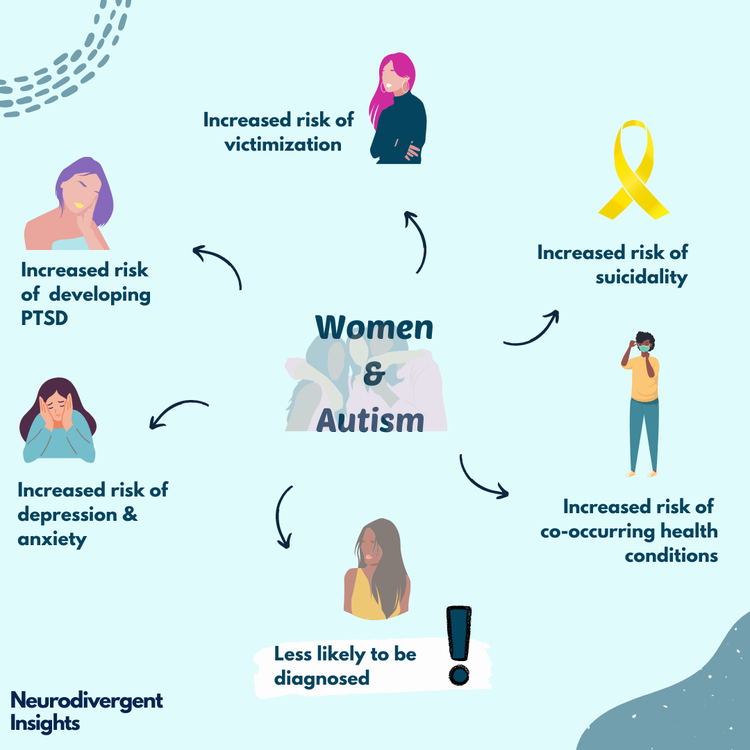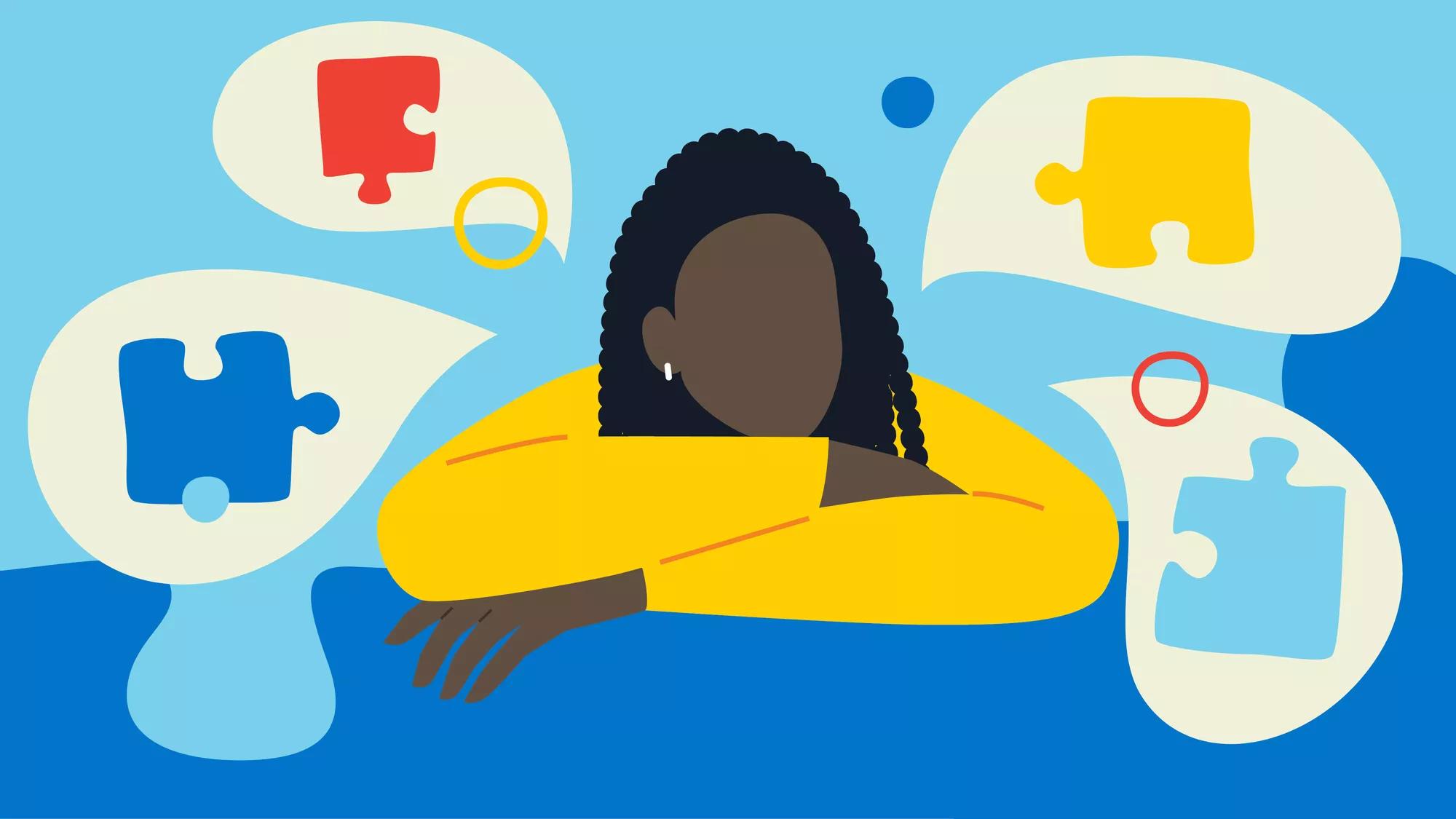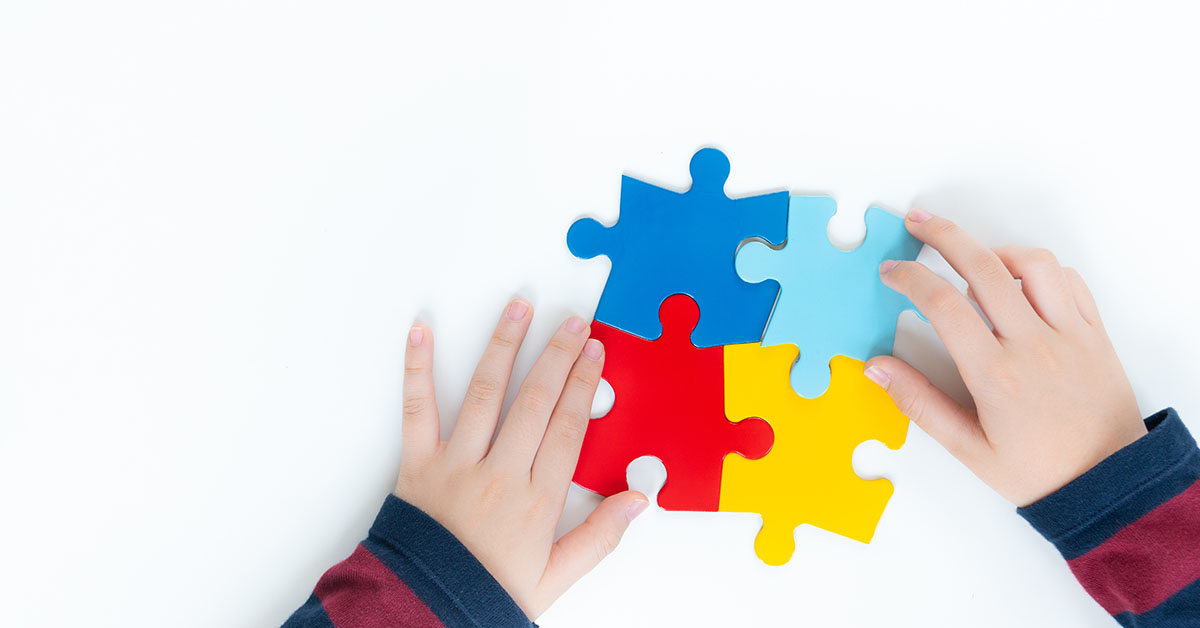The Impact of Very Early Intervention on Kids with Autism: What Moms And Dads Need to Know
The Impact of Very Early Intervention on Kids with Autism: What Moms And Dads Need to Know
Blog Article
Discovering Autism: Methods for Reliable Communication and Communication
Effective interaction and interaction with people on the autism spectrum demand a comprehensive understanding of their unique requirements and preferences. The details of these techniques reveal additional considerations that warrant exploration, especially in just how they can be adapted to varied contexts and private experiences.
Understanding Autism Spectrum Disorder
Autism Range Problem (ASD) includes an array of neurodevelopmental problems characterized by challenges in social communication, interaction, and repetitive habits. The term "spectrum" reflects the diverse indications and differing levels of intensity experienced by people with ASD. While some might exhibit substantial disabilities, others may show high-functioning attributes, permitting for better freedom in every day life.
The onset of ASD generally takes place in early youth, with indicators often well-known by age 2. Early indicators may consist of postponed speech development, limited eye call, and troubles in recognizing social hints. The accurate etiology of ASD stays uncertain, research study recommends a combination of environmental and genetic factors plays an important function in its growth.
As a result, interventions and support tailored to specific requirements are important for cultivating interaction and social skills. Acknowledging the complexity of ASD is essential for advertising awareness, approval, and effective approaches that assist in significant communications with people on the range.

Value of Clear Interaction
Reliable interaction is important for fostering understanding and connection, particularly for people with Autism Spectrum Disorder (ASD) Clear communication not just promotes social communications however also boosts the person's capability to reveal their thoughts, feelings, and requirements. For people with ASD, the nuances of language can often be testing; as a result, using straightforward and unambiguous language is vital.
Moreover, clear interaction helps lower irritation and anxiousness that might occur from misunderstandings. When messages are communicated in a constant and straight way, individuals with ASD are much better geared up to interpret information precisely, which can dramatically boost their social engagement and involvement in various settings.
Establishing routines and using visual supports can further bolster clear interaction. These strategies supply people with predictable frameworks that help understanding and retention of information. Furthermore, proactively being and paying attention patient throughout interactions promotes an encouraging atmosphere where people with ASD feel valued and understood.
Eventually, focusing on clear communication not just empowers people with ASD but likewise cultivates even more significant links with their peers, caretakers, and the wider community, leading the way for comprehensive interactions and collective partnerships. - autism
Non-Verbal Communication Methods
Interaction extends beyond words, and for individuals with Autism Spectrum Disorder (ASD), non-verbal hints play a considerable duty in interactions. Non-verbal communication methods can include facial expressions, gestures, body language, and eye get in touch with, all of which act as vital parts for communicating purposes and feelings.
Recognizing and analyzing these non-verbal signals can improve communications with people with ASD. A warm smile or open position can create an inviting ambience, urging engagement. Likewise, using visual help-- such as image cards or signs-- can bridge communication voids and help convey messages better.
It is likewise essential to be conscious of personal area, as individuals with ASD might have different convenience degrees concerning proximity. Observing their responses to physical nearness can inform ideal modifications.

Producing Helpful Environments
Producing a helpful atmosphere is critical for promoting positive communications and improving the well-being of individuals with Autism Spectrum Problem (ASD) Such atmospheres can considerably reduce anxiousness and produce a feeling of security, enabling people to reveal themselves more easily.
To achieve this, it is vital to think about sensory sensitivities that people with ASD may experience. Customizing the physical space to consist of soft lighting, marginal background sound, and comfy seating can develop a relaxing environment. Additionally, utilizing consistent routines and clear aesthetic schedules can aid individuals anticipate changes and reduce unpredictability, further promoting convenience.
Social spaces must be structured to minimize frustrating stimuli while giving opportunities for involvement in preferred activities. Promoting areas designated for peaceful time can additionally work as a sanctuary throughout moments of stress and anxiety. Importantly, integrating components of option empowers people, enabling them to work out firm in their environment.

Encouraging Social Communications
Promoting social communications among people with Autism Spectrum Problem (ASD) calls for deliberate strategies that prioritize convenience and engagement. Developing predictable routines can Our site aid decrease stress and anxiety, making social settings a lot more friendly. Creating organized environments with defined duties and roles enables people to engage without the overwhelming stress of unstructured social characteristics.
Incorporating rate of interests and strengths into social tasks can serve as a driver for communication. For instance, organizing team tasks around shared hobbies or topics of attraction can facilitate natural conversations and links. Additionally, using visual assistances, such as social manuscripts or photographic timetables, can aid in comprehending social signs and assumptions.
Modeling suitable social habits is critical - autism. Grownups and peers ought to demonstrate efficient interaction methods, including active listening and turn-taking. Role-playing situations can likewise supply a risk-free area for people to exercise these abilities
Last but not least, cultivating peer relationships through comprehensive techniques is essential. Encouraging comprehensive playdates or team trips can produce chances for socialization in a comfortable setting. By implementing these educators, approaches and caretakers can dramatically boost social interactions for individuals with ASD, advertising their general social development and health.
Final Thought
In conclusion, effective interaction and interaction techniques are necessary for sustaining people with Autism Range Disorder. Eventually, these methods encourage individuals with autism to navigate social landscapes, promoting their overall health and making it possible for the development of long lasting connections.
Reliable interaction and communication with people on the autism range necessitate a comprehensive understanding of their special demands and choices. Clear interaction not just promotes social interactions however likewise improves the individual's capability to reveal their requirements, feelings, and thoughts.Fostering social interactions among people with Autism Range Condition (ASD) needs deliberate methods that focus on comfort and engagement. By executing these teachers, caregivers and strategies can significantly boost social communications for individuals with ASD, advertising their general social development and health.
In final thought, effective interaction and communication techniques are essential for sustaining individuals with Autism Range Condition.
Report this page